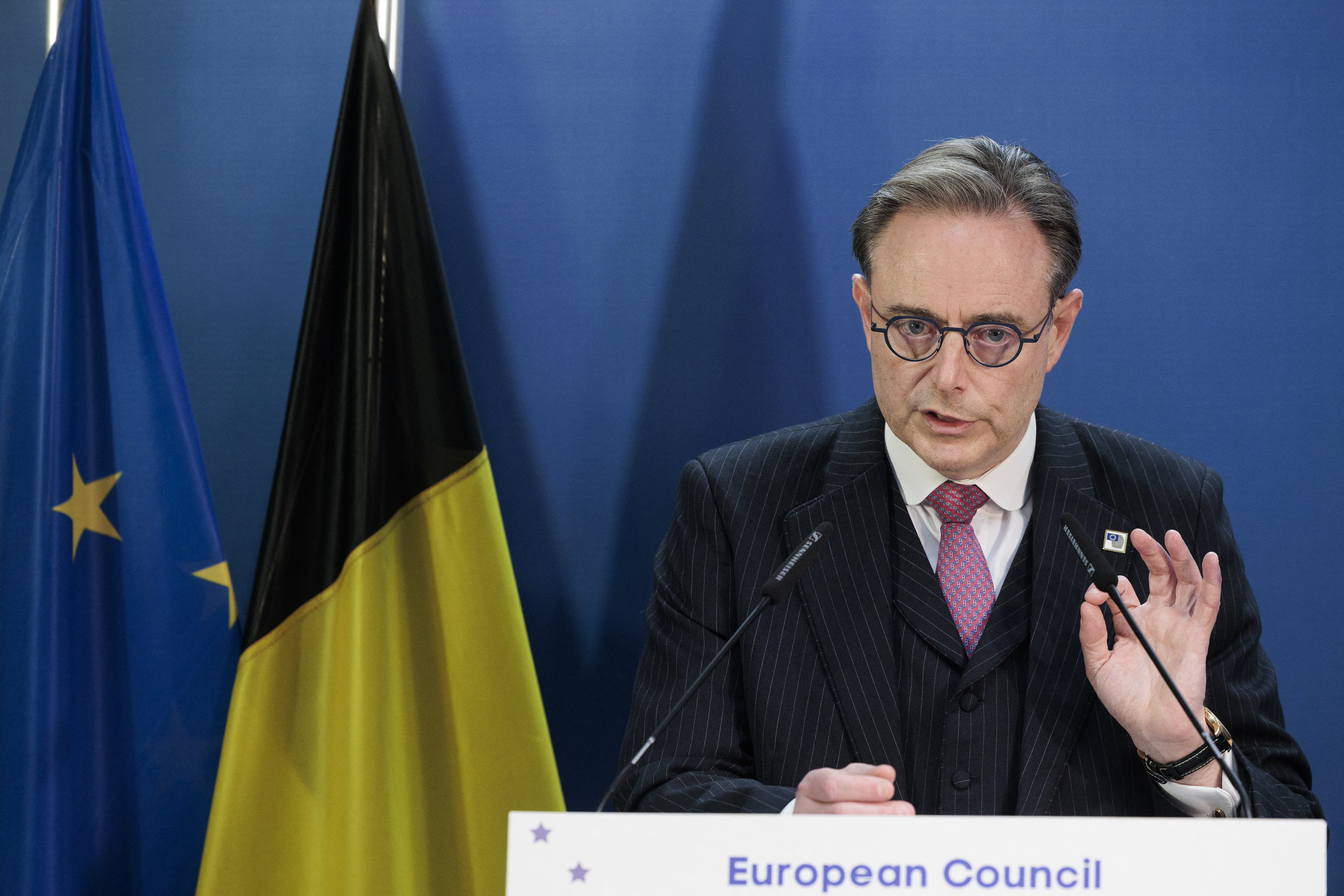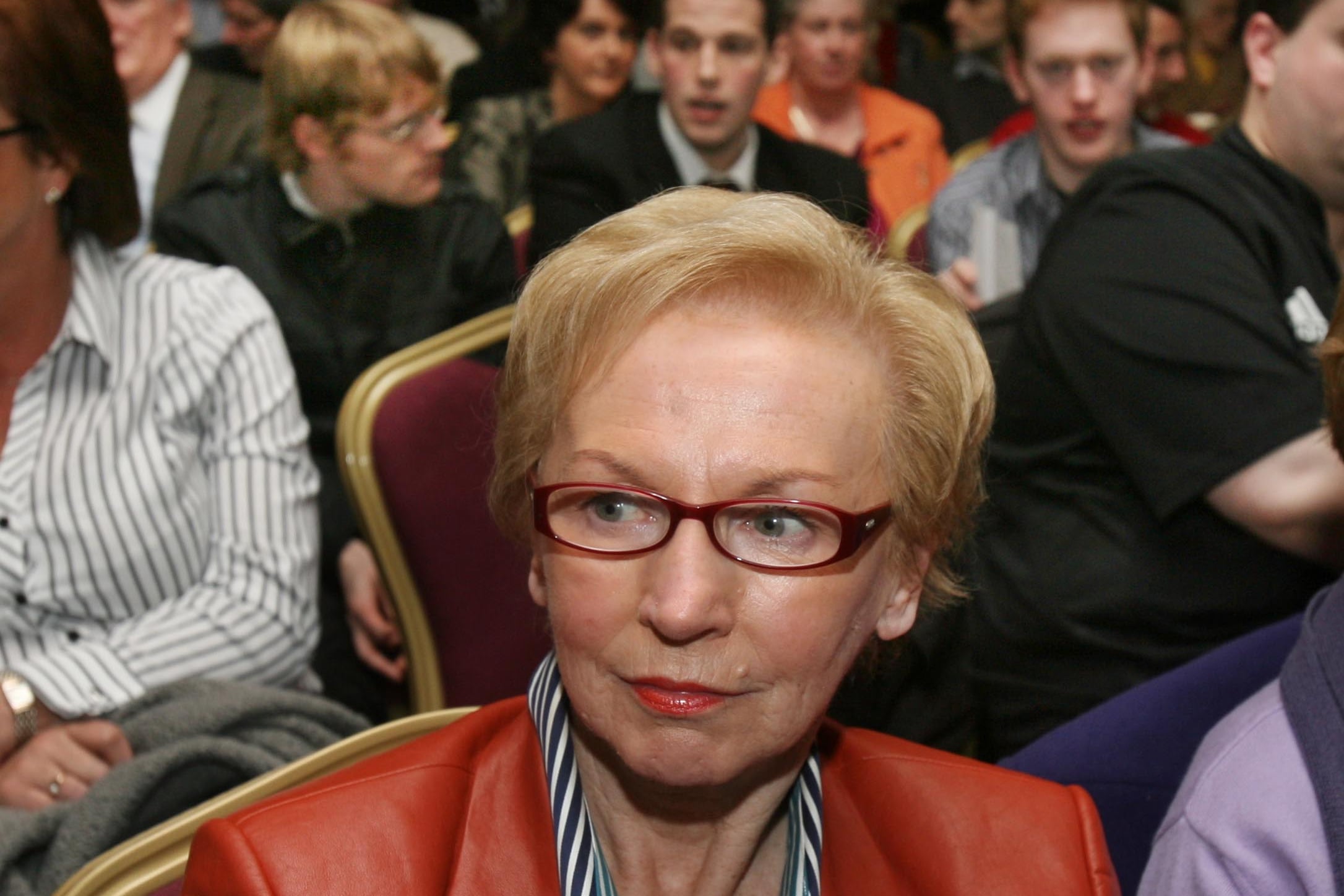From boardrooms to bingo halls, the almost universal expectation of anyone who watches Irish politics and most of the people involved in its practice, is that Sinn Féin will lead the next government. It’s easy to see why: the party’s opinion poll ratings continue to put it in the mid-30s, while Fianna Fáil and Fine Gael struggle to touch 20 per cent. The party projects a hunger for power and a seriousness about pursuing it that puts the pre-reshuffle jockeying for position in both its big rivals to shame. In two decades covering Irish politics, I have never seen anything like its message discipline. Its organisation on the ground, backed by extensive research, is formidable and its online campaigning simultaneously vicious and effective.
Sinn Féin is now concentrating on presenting itself as the government-in-waiting. The party leader, Mary Lou McDonald, makes foreign trips and delivers lectures to distinguished audiences; she is also working the boardrooms of corporate America to reassure them that they have nothing to fear from a Sinn Féin government. Her TDs and front bench spokespeople are quietly doing the same at home. A person who has sat with businesspeople at meetings with Sinn Féin representatives reports them to be well-briefed, coherent and reassuring. (Of course, some TDs are hardly allowed open their mouths at all.)
Deputy leader Michelle O’Neill nearly wore herself out extending sympathies on the death of Queen Elizabeth and hiked it over to Westminster for the funeral without so much as a whimper from the Boys of the Old Brigade or even from the shock troops of the party’s youth wing. In the Dáil, the party’s TDs rarely open their mouths without using the words: “A Sinn Féin government would ...”
Momentum is clearly with the party. One former senior political figure reckons that the party will be on 40 per cent by the end of the winter and will stay there until the next election. (Though others, it should be said, have a different view).
READ MORE

Paying for mica, generations divided, autumn reshuffle
Gerard Howlin, Pat Leahy and Jennifer Bray join Hugh to talk about this week's politics
The comparison is now often made with the UK, where Labour has responded to the chaos in the Conservative Party by projecting a sensible, centrist alternative and duly been rewarded with a lead estimated by one poll at 33 points. The smallest lead for the party’s leader Keir Starmer in the recent batch of polls was 19 points. The budget disaster and the magnificently embarrassing U-turn after UK bonds tanked has finally put the tin hat on things for the Tories. There is no going back. We have just witnessed a true pivot, a decisive moment in British politics. The next British government will be a Labour government.
[ Succession and Sinn Féin are the two big questions facing Fianna FáilOpens in new window ]
And so it will go in this country, argues just about everyone. The party that promises change will sweep away the old order. And indeed it might. But this is not quite a done deal yet.
Before it is, there are three tasks facing Sinn Féin. Failure to address them successfully might not keep them out of power, but it will certainly reduce their chances of dominating the next government. Completing each of them will make that inevitable.
Firstly, it needs to find a route to government. Fine Gael TDs or members, perhaps bruised after an electoral battering, will not permit a coalition with Sinn Féin, and Sinn Féin cannot win an overall majority — those days are gone. Ergo, two potential routes: a left-led coalition that excludes Fianna Fáil and Fine Gael, or a coalition with Fianna Fáil. Of these, a Sinn Féin-Fianna Fáil coalition is by far the most likely — numerically and politically.
Indeed, when the seats are counted it may be that Sinn Féin’s only possible route is with Fianna Fáil. And that is a conversation that Fianna Fáil has not yet had with itself. In any case, Sinn Féin may need Fianna Fáil for government. It should lay the groundwork for that.
[ Brexit returns to haunt the political agendaOpens in new window ]
The second task is reassurance: a Sinn Féin government would have two great priorities — a left-wing, more redistributional, higher-tax, higher-spend economic policy, and advancing the cause of a united Ireland. There are large amounts of people who will be nervous about either or both of those departures — and, indeed, about the interaction between the two. Governments have paid lip service to both without ever doing much about them for a reason — they are difficult, unpredictable, expensive and disruptive. Sinn Féin will have to reassure the centre of Irish politics that they will not be materially worse off if the party takes power. Sure, a chunk of the centre has moved leftward. It can always move back.
The third challenge is clarity: what exactly does change mean? Clearly not all change is desirable. How does Sinn Féin present itself as the party of change while simultaneously reassuring people — and multinational business — that lots of things won’t change? How are you the change option if you’re ready to go into government with Fianna Fáil? The need for this will become more acute as the scrutiny of the party and its policies steps up in the run-in to the next election by its opponents, the media and the voters.
[ Pat Leahy: Governments must retain confidence of financial marketsOpens in new window ]
Sinn Féin absolutely remains in pole position to lead the next government. But I am old enough to remember when Fianna Fáil was dead and buried, when Theresa May was going to rule for a decade and when the British Labour Party was at least two elections away from seriously contending for power. If there’s one thing we know about modern politics, it’s this: things change quickly. Predictions are flaky: analysis is better.














